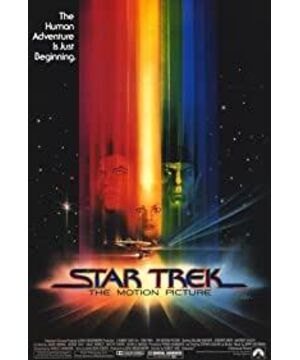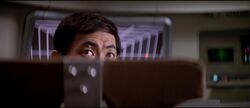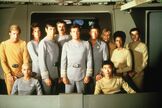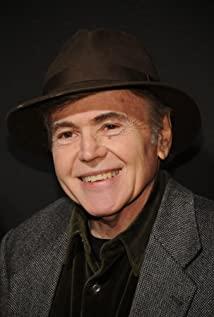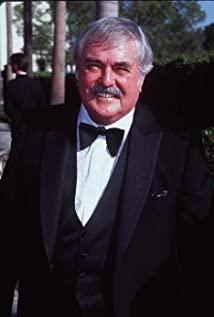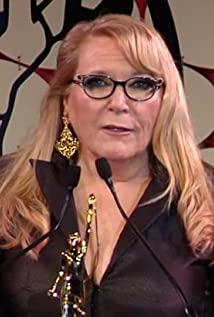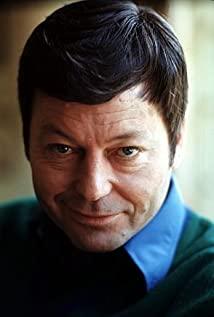As a fan of sci-fi movies, it's a secret that I can't tell if I haven't seen the Star Trek series. That's what a canon is about -- you watch it or you don't watch it, it's there, and you can't go around the Star Trek franchise when talking about sci-fi movies. Today, I came to make up the class.
After watching the first installment in the series: Infinite Space, the first thing I did was check the chronology of classic sci-fi movies. "2001: A Space Odyssey" was filmed in 1968 and "Star Wars: A New Hope" was filmed in 1977, and it feels like the two films are very similar in terms of visual effects. Especially the shots of the aircraft levitating in space, the latter two steal a lot from Kubrick's "A Space Odyssey". Infinite Space uses a lot of OCD symmetrical shots, very similar to A Space Odyssey. In terms of clothing, the styles of "Infinite Space" and "A Space Odyssey" are also very similar in details such as the design of the aircraft, clothing, alien makeup, and interior design of the aircraft. The 1978 film looks nothing but a sense of nostalgia that seems intentional.
The similarity between "Infinite Space" and "A New Hope" lies in the soundtrack and the actors. The rhythm of the soundtrack sounds very similar. The actors are all typical stars of the golden age of Hollywood. Of course, the soundtrack and casting of "New Hope" Even better.
As the first film in the series, "Infinite Space" has a grand philosophical theme. Captain Kirk led the Enterprise on a mission to intercept the alien nebula. With the help of the scientist Spock, the Vulcan star, and the commander Deca, he found out the secrets inside the nebula that invaded Earth's orbit. It turned out to be the exploration satellite "Voyager" launched by the earth. During the long drifting years, this satellite evolved to obtain AI (the satellite became refined), and it arrived on an alien planet with machine life as its life form. With the help of aliens, he has mastered the wisdom of the entire universe. It is not satisfied with the apex of machine life it has evolved to, it wants to return to Earth to find its creator, and asks if there is any other possibility for its own evolution. In the end, Captain Kirk discovered the purpose of the Voyager, and Dick, the commander of the Enterprise, voluntarily merged with the Voyager, becoming the first biological robot with human feelings and memories, resolving the crisis on Earth.
To evolve into a perfect AI, it is necessary to integrate imperfect human nature in order to continue to upgrade and evolve. As long as there is curiosity, evolution has no end, and the imperfection of human nature is sometimes the driving force of evolution.
This movie well illustrates the proposition of "evolution", which is probably the unsolvable puzzle entangled in the mind of the first mate of the universe, Spock. Spock is a hybrid of humans and Vulcans, with human emotions and the strict logical thinking of Vulcans. He is often troubled by the contradiction between the two and considers whether to give up his identity as a general human, as pure logic. Thinking Vulcans live. When Spock saw Voyager merge with Dick, he probably gave up on the idea for a while, didn't he? What a boring life would be to always make the right choices.
View more about Star Trek: The Motion Picture reviews


